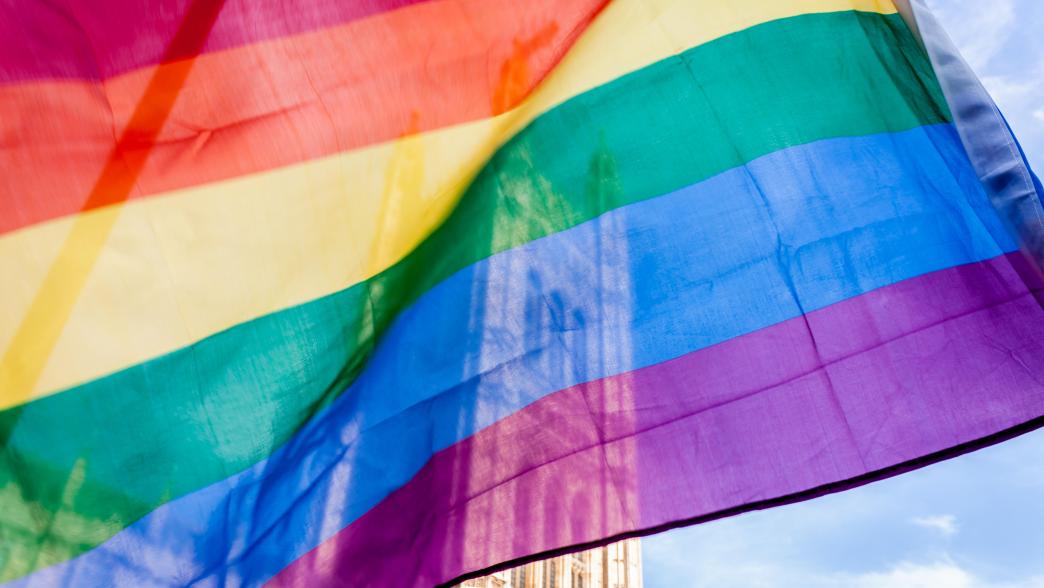Case study
Proposing change: How same-sex marriage became a government success story
Passing legislation to introduce same-sex marriage marked an important step in addressing the UK’s past legal discrimination against same-sex couples.
